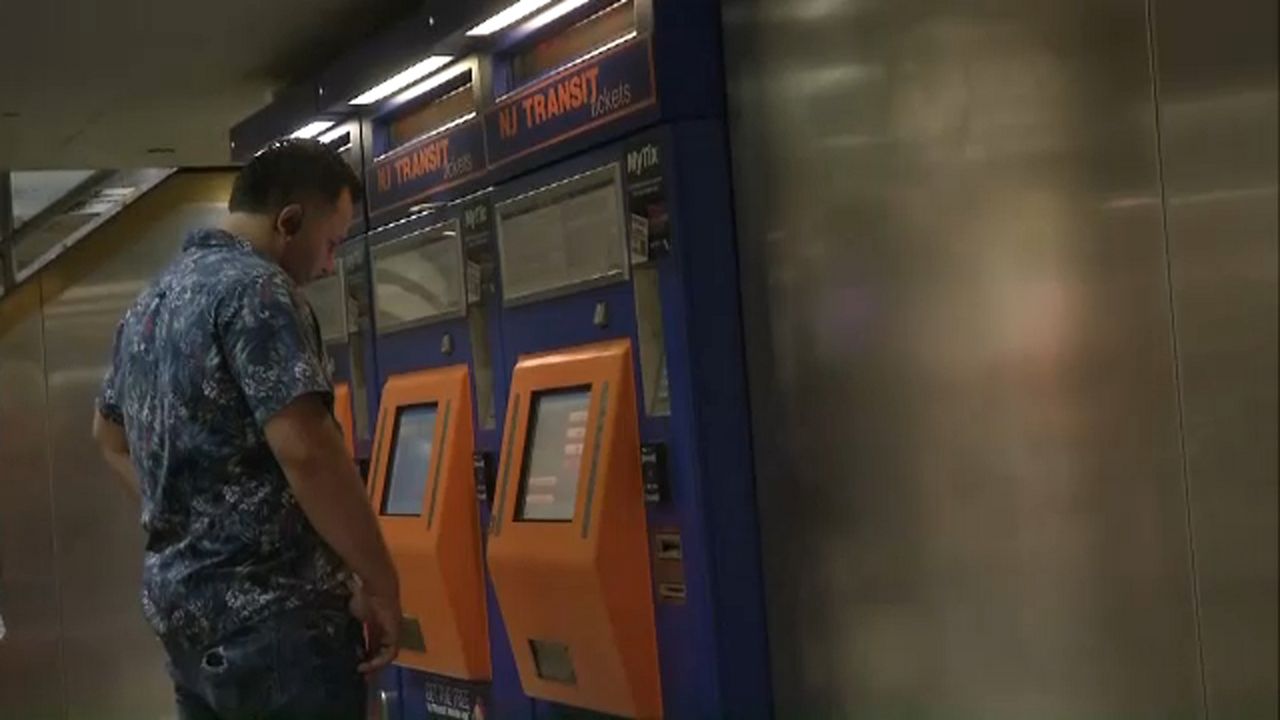A New Jersey Transit and Amtrak train, carrying close to 1,000 people between them, got stuck in a Penn Station tunnel Saturday, officials said.
The NJ Transit train disabled and was stuck behind the Amtrak train, which disabled just before 11:30 a.m., officials said.
The NJ Transit train, which could not move forward and carried about 800 people, had to move backwards to Secaucus. Passengers have exited the train.
The Amtrak train disabled in the Hudson River Tunnel because of an overhead power issue, officials said.
"We heard something, and then the engine just went dead. We were stuck for about an hour without power. And then sent another car in to rescue us, to pull us out, and there was a problem with that car," one passenger recalled. "So they had to rescue that one and send another one, I think."
There were 170 people on the Amtrak train, which was travelling from Miami to New York. No injuries were reported, officials said.
Amtrak officials said two rescue crews were dispatched to Penn Station around 1 p.m.
There was a power outage inside the tunnel, but Amtrak said that was quickly resolved and the Amtrak train was towed safely back to Penn Station.
Passengers on that train were removed and exited onto Track 15.
NJ Transit trains were delayed in and out of Penn Station, but they were running on or close to schedule within three hours of the incident, according to officials.
Amtrak service between New York and New Jersey was also restored.
A NJ Transit train also derailed at Penn Station on July 6. No one was hurt in that incident.
That was the third NJ Transit derailment at the station since March.
Major repairs works, dubbed the "Summer of Hell," started at Penn Station this week to address critical repairs.
The first phase of the work runs through July 25. The second phase runs from August 4 through August 28.
The repair work at Penn Station has forced several tracks to be closed at a time.
Amtrak officials said the first week went relatively well, with repair work running ahead of schedule.
According to transit officials, ridership was down eight percent, and trains were running on schedule more than 90 percent of the time.


